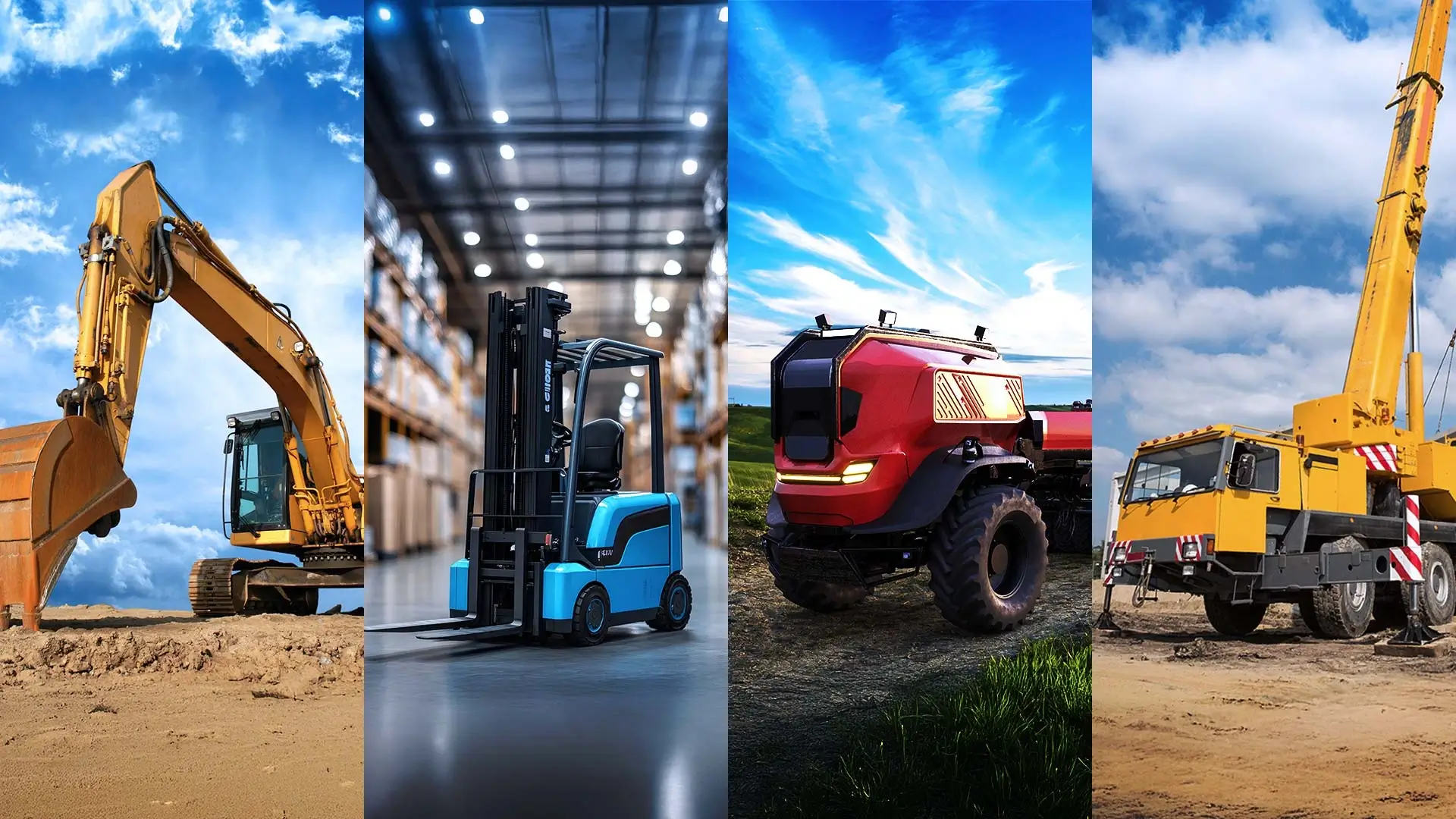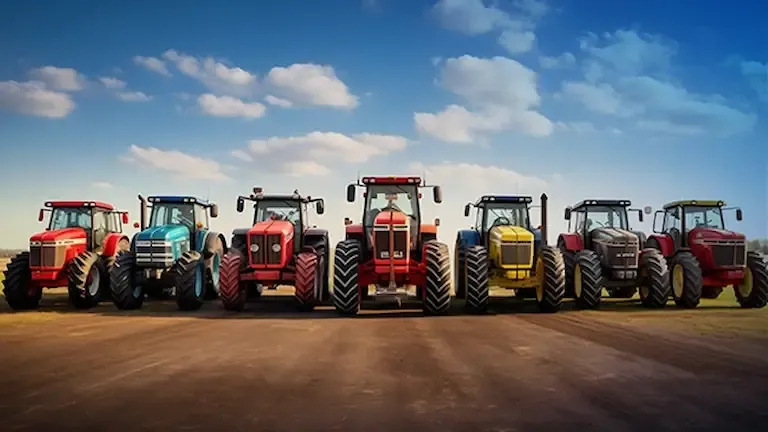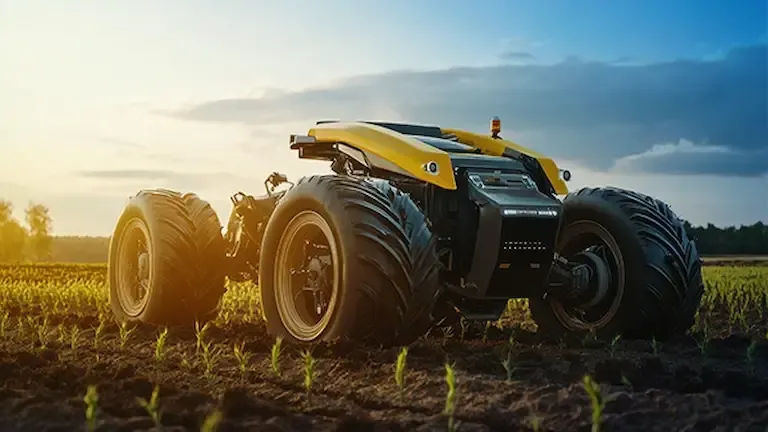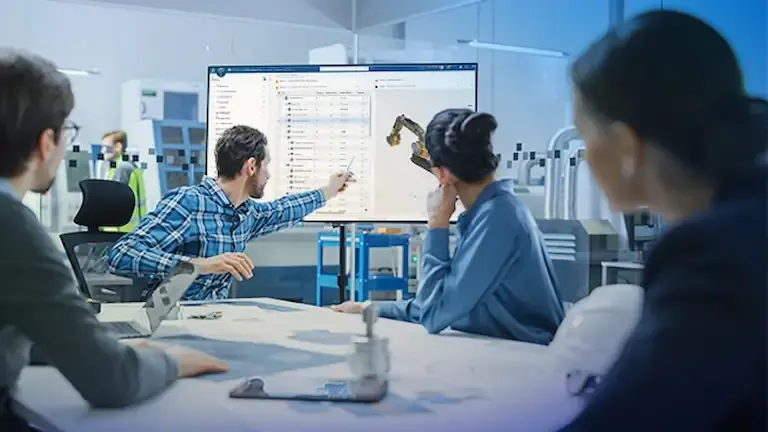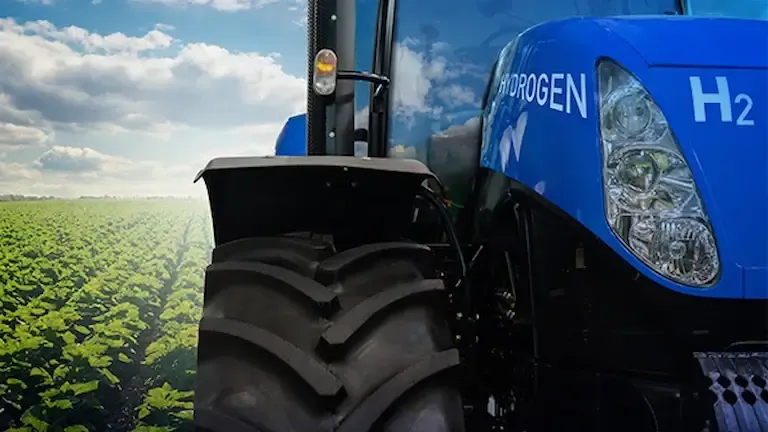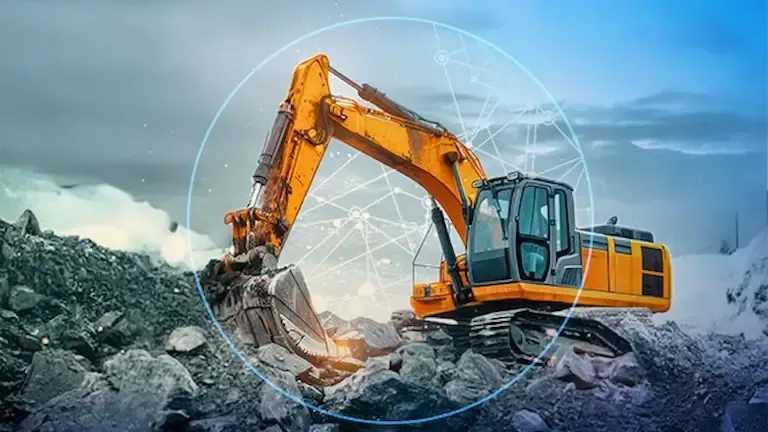Heavy Mobile Machinery and Equipment
Discover robust, efficient and advanced heavy mobile equipment solutions tailored for the heavy mobile machinery market.
Transforming Heavy Mobile Machinery and Equipment With Innovation
Heavy mobile machinery and equipment manufacturers face a growing demand for performance, personalization and sustainability. Dassault Systèmes empowers them with end-to-end virtual twin technologies that cover the entire product development lifecycle to accelerate innovation and improve operational excellence.
Key Challenges in Heavy Mobile Machinery and Equipment Manufacturing
- Mass Customization
- Sustainability
- Safety and Environmental Regulations
- Electrification and Green Power
- Smart Connected Machines
- After-Sales Services
Agricultural, construction and mining companies no longer want standardized products. They demand heavy mobile machinery customized to their specific needs and delivered as part of a tailored sales experience, where they can explore multiple options and configurations before committing to buy.
As heavy mobile machinery and equipment manufacturers diversify their portfolios, they must embrace modular design and model-based system engineering (MBSE) approaches to efficiently switch between different components, reuse sub-assemblies and seamlessly interlink disciplines and systems to identify functional dependencies early on. This helps them to master complexity and keep costs in check.
Heavy mobile machinery and equipment manufacturers face growing pressure to tackle the environmental and social impact of their production processes and products. They must design for the circular economy and transition to efficient, carbon-neutral and waste-free production processes – optimizing, reusing and remanufacturing parts and assemblies wherever possible to extend machinery lifecycles and reduce raw material use.
With the virtual twin, manufacturers can simulate and virtually validate sustainable products from the ground up. This saves on physical prototypes and allows them to add new capabilities that tackle climate change-related issues faced by their customers, from soil degradation to reducing carbon emissions and noise levels.
Stringent regulations designed to protect operators and the environment — covering rollover protection, cab comfort, ventilation and emissions targets — drive the switch to more robust yet compact and lightweight mobile equipment.
It’s forcing heavy mobile machinery and equipment manufacturers to accelerate human-centric design cycles and innovate around connectivity, cabin comfort, visibility and safety, making informed trade-offs early in the concept phase. They’re also exploring new electric, hybrid and fuel cell concepts to optimize energy consumption and reduce the carbon footprint of mobile equipment in the field.
The inevitable shift to electric and hydrogen fuel cell-powered machinery is underway as incoming legislation limiting emissions pushes heavy mobile machinery and equipment manufacturers and original equipment manufacturers (OEMs) towards alternative power solutions.
Extreme performance requirements and challenging environmental conditions complicate the transition. Manufacturers and OEMs must factor in differing power specifications (depending on machinery class and use case) and overcome thermal management challenges unseen in other industries. Success depends on their ability to embrace MBSE approaches and simulate battery and fuel cell performance in the context of the entire machine, balancing safety, longevity and efficiency.
The proliferation of smart components, sensors and 5G connectivity brings mobile machinery firmly into the industrial internet of things (IIoT). Heavy mobile machinery and equipment manufacturers can now collect and analyze operational data to improve efficiency and yield, and extend the lifetime of their investments through predictive maintenance.
These advances bring a new layer of complexity to product development cycles. It forces manufacturers to become mechanical, electrical and software integrators and evolve into solution providers, driven by data to enhance overall equipment effectiveness and deliver new aftersales services.
Heavy mobile machinery manufacturers are moving beyond selling pure assets and embracing profitable, new business streams covering equipment maintenance, monitoring and modernization. A reliable and continuous source of income for OEMs, these expanded after-sales services also help heavy mobile machinery and equipment manufacturers extend the lifetime of their equipment.
By embracing the latest digital capabilities around virtual twins and IIoT connectivity, manufacturers can factor in equipment servicing needs from the beginning of the product development process, track and trace every component, and deliver incremental upgrades to boost machine uptime and operational performance.
Sustainability in Heavy Mobile Machinery and Equipment Manufacturing
Sustainability, decarbonization and circularity are transforming the operations of heavy mobile machinery and equipment businesses. Manufacturers are under pressure to reduce their environmental impact, adopt sustainable practices and contribute to the global goal of carbon neutrality. In response, these companies are developing electric, hybrid and energy-efficient machines, while adopting circular economy principles to reduce waste and maximize resource use.
Manufacturers are accelerating their sustainability efforts by investing across design and operations to develop more eco-friendly machinery. Key initiatives include optimizing engine performance, minimizing fuel use during idling and incorporating lightweight materials to enhance fuel efficiency. Heavy mobile machinery and equipment designs are now incorporating energy-saving features like electric motors, regenerative braking and automatic shutdowns to lower fuel consumption and environmental impact.
Additionally, innovations such as electric excavators and loaders powered by rechargeable batteries eliminate diesel emissions and reduce noise, improving working conditions and community well-being. Improved battery technology is also expanding the use of electrified machinery across more applications, while engines powered by alternative fuels like biofuels and hydrogen are emerging as viable low-emission options. Hydrogen fuel cells, in particular, offer zero emissions and extended operating ranges suited for larger equipment.
These innovations are key to reducing carbon emissions, fostering sustainability and ensuring that all industries contribute to a greener, more sustainable future. As the global push towards sustainability intensifies, these sectors will continue to evolve to meet the demands of both the environment and the market.
How To Transform Your Business in Heavy Mobile and Equipment Manufacturing
Key Benefits of Heavy Mobile and Equipment Manufacturing With Industrial Equipment
Industrial equipment solutions offer numerous advantages in heavy mobile machinery and equipment manufacturing:
Improved Global Business Performance
Enhanced collaboration and data sharing across global operations boost overall business efficiency.
Increased Operational Productivity
Streamlined processes and automated systems significantly improve manufacturing output and quality.
Enhanced Cost Control
Optimized resource allocation and waste reduction lead to better financial management.
Greater Agility in Business Planning and Design
Rapid adaptation to market changes ensures competitive advantage in dynamic industries.
Smarter, Higher-Performance Machines
Integration of advanced technologies results in more efficient and capable equipment.
Optimized, Sustainable Designs
Investing across design and operations to develop more eco-friendly machinery.
Transforming Heavy Mobile Machinery and Equipment Manufacturing With the Virtual Twin
The virtual twin technology, powered by the 3DEXPERIENCE® platform, can empower heavy mobile equipment and machinery manufacturers to become more sustainable, innovative, safe and profitable. With the virtual twin, manufacturers can virtually demonstrate what can be implemented and executed in the real world through modeling, simulation and visualization — from manufacturing production to plant layout, operations and logistics — across the entire supply chain.
With the connectivity and collaboration of the 3DEXPERIENCE platform, what-if scenarios can be created and optimized, including anticipating disruptions, new product launches, shifting production sourcing and rebalancing workforce capacity.
The virtual twin supports sustainability and profitability through:
- 3D model-based capability to represent assets, business processes, infrastructure and metrics
- Unlimited simulation to experiment virtually and determine the best configuration in the real world
- A closed-loop connection that allows real-time updates to refine and optimize processes for a long-term strategy continuously
- Advanced manufacturing techniques and captured contextualized data
- Augmented reality for improved process, execution, quality and workforce productivity and satisfaction
- Optimize processes and traceability throughout manufacturing and maintenance
- Virtual design and simulation of processes and facilities to be more sustainable
- Visualization and guidance for complex product manufacturing
